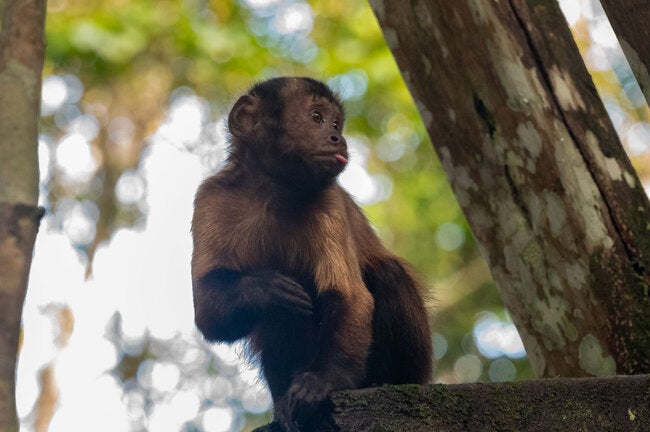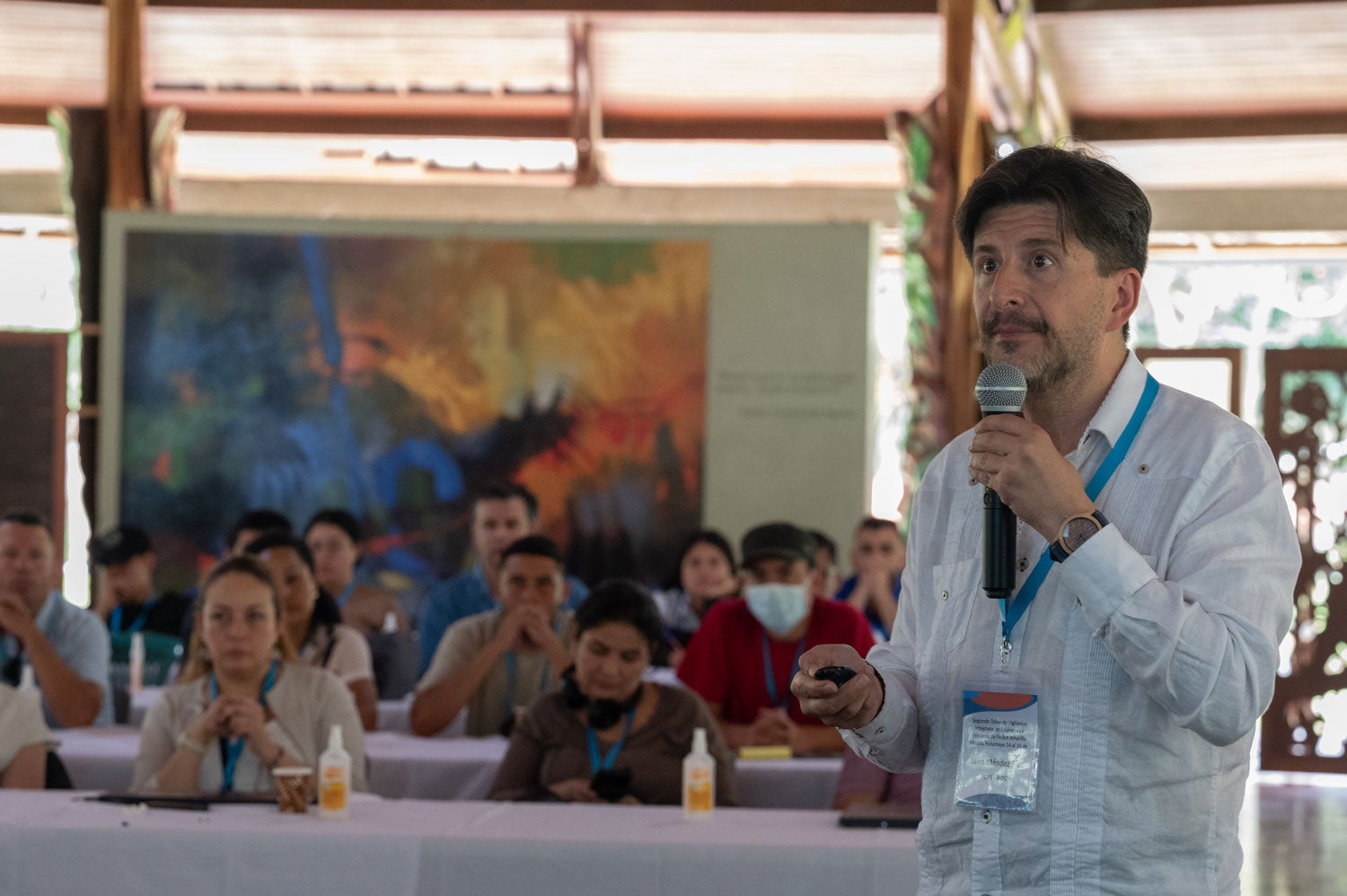July 2025
When three monkeys (a howler, a white-faced monkey, and a spider monkey) were found dead in a forested area of Colombia’s Putumayo department, what might have previously gone unnoticed became an early warning sign that triggered a swift, coordinated response to contain a yellow fever outbreak. This time, the difference was knowledge.
“Thanks to the training we received on proper sample collection in primates, we were able to detect a yellow fever outbreak after discovering three dead monkeys at the same time,” said Wilder Pérez, from the Putumayo Health Secretariat’s Vector-Borne and Zoonotic Disease Program. “Without that knowledge, the animals might have been buried without analysis — and we would have missed a critical opportunity to act.”
Wilder had participated months earlier in a regional workshop on epizootic and vector surveillance, organized with technical support from the Pan American Health Organization (PAHO). During the training, health teams were instructed on the safe collection of samples from wildlife, vector surveillance, and intersectoral coordination.
The workshop, held in Tolima—another key department in Colombia’s current yellow fever response—proved crucial for enabling the Putumayo team to act swiftly when the first signs of the virus emerged.
The training paid off. Once the dead monkeys were reported, immediate measures were taken — vaccinating environmental workers, conducting entomological studies, and analyzing the affected area. As a result, the surveillance system not only confirmed the presence of the virus, but also prevented its spread to nearby urban areas.
Tolima, in turn, is facing the most severe yellow fever outbreak recorded in the country outside the Amazon region. Since late 2024, the department has confirmed 95 human cases of yellow fever and 35 deaths. Most cases occurred in rural areas near the Galilea Forest Regional Natural Park — a dense, biodiverse jungle where humans, monkeys, and mosquito vectors coexist.

